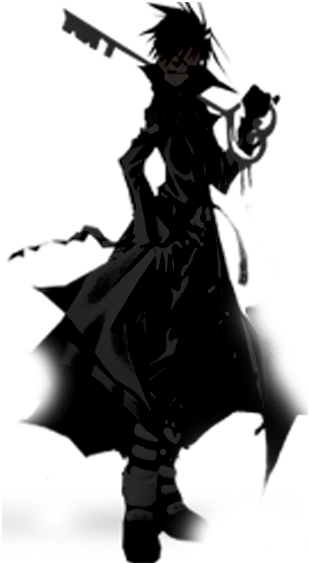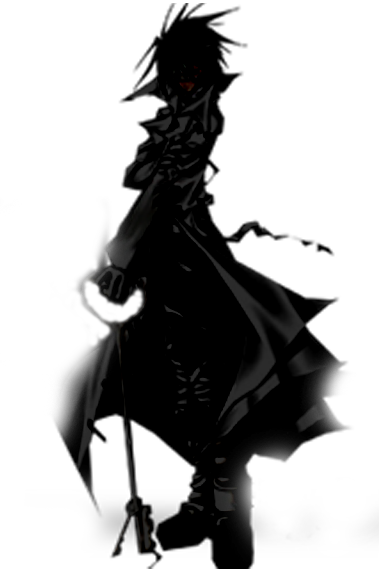PHP code is executed on the server, and the plain HTML result is sent to the browser.
Basic PHP Syntax
A PHP scripting block always starts with <?php and ends with ?>. A PHP scripting block can be placed anywhere in the document.
On servers with shorthand support enabled you can start a scripting block with <? and end with ?>.
For maximum compatibility, we recommend that you use the standard form (<?php) rather than the shorthand form.
A PHP file normally contains HTML tags, just like an HTML file, and some PHP scripting code.Code:<?php ?>
Below, we have an example of a simple PHP script which sends the text "Hello World" to the browser:
Each code line in PHP must end with a semicolon. The semicolon is a separator and is used to distinguish one set of instructions from another.Code:<html> <body> <?php echo "Hello World"; ?> </body> </html>
There are two basic statements to output text with PHP: echo and print. In the example above we have used the echo statement to output the text "Hello World".
Note: The file must have a .php extension. If the file has a .html extension, the PHP code will not be executed.
Comments in PHP
In PHP, we use // to make a single-line comment or /* and */ to make a large comment block.
Code:<html> <body> <?php //This is a comment /* This is a comment block */ ?> </body> </html>
Results 1 to 1 of 1
Thread: PHP Syntax
-
03-03-2011 #1
PHP Syntax
Similar Threads
-
PHP Mail
By JizzaBeez in forum Tutorials and ResourcesReplies: 0Last Post: 03-03-2011, 12:13 PM -
PHP Sessions
By JizzaBeez in forum Tutorials and ResourcesReplies: 0Last Post: 03-03-2011, 12:08 PM -
PHP Cookies
By JizzaBeez in forum Tutorials and ResourcesReplies: 0Last Post: 03-03-2011, 11:46 AM -
CSS Syntax
By JizzaBeez in forum Tutorials and ResourcesReplies: 0Last Post: 03-03-2011, 07:49 AM -
XML Syntax
By JizzaBeez in forum Tutorials and ResourcesReplies: 0Last Post: 03-03-2011, 07:24 AM










 Reply With Quote
Reply With Quote




